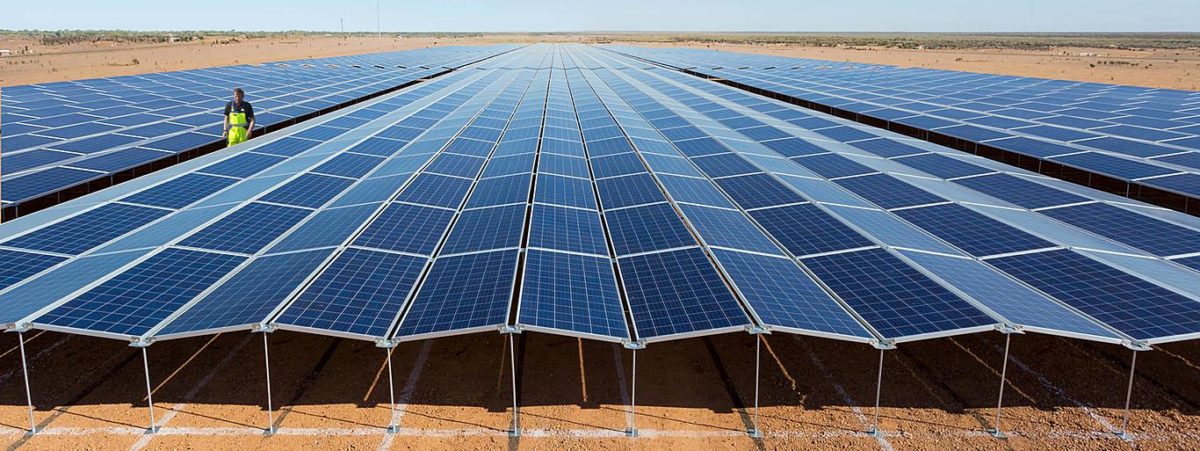Battery assembly needs robots, robot technicians, a good supply chain, consistent electricity (or not, actually…), and good access to highways to move these shipping container-sized products. Kore Power is searching for a location within the United States. “The new one million square foot facility will be used to manufacture and produce the company’s Mark 1™ Energy Storage System using state-of-the-art, fully automated battery assembly lines and processes. Once completed, the plant will have 10 GWh of highly scalable manufacturing capacity that will meet the rapidly growing market demand for customized industrial battery solutions.” Source – KORE
Energy Toolbase has integrated Chint Energy Storage products into its financial modeling database. “The integration enables distributed energy developers to quickly and accurately analyze the economic viability of solar + storage and standalone storage projects for commercial and industrial (C&I) customers. The CPS energy storage solution comes fully integrated with Pason Power’s intelligent Energy Management System (iEMS) software, which uses machine learning and artificial intelligence to optimize the dispatch of the system.” Source – Energytool Base
Belectric launched its PEG racking system (see the header image) first in Australia a couple of years ago. When I read about it then – it was the first $1AU/W installation I’d seen for a small system, if I remember correctly, about 1-2 MWdc. Now that hardware has made it to the United States via subsidiary Jurchen Technology. “The lightweight construction means no foundations are required. Furthermore, no cable trenches or concrete work is required, which eliminates the need for heavy machinery. With the exception of the ground pegs, the entire construction process, including DC wiring, is executed above ground (see below image), which means it can be installed in all kinds of different terrain. By the end of 2019, around 50 solar plants based on the innovative PEG substructure will have been built.” Source – Jurchen Technology – pv magazine USA will be covering this hardware in greater depth soon enough.

NREL is collecting data on electric vehicle use at one of their campuses. Their purpose is to better understand how and when cars can best charge so as to optimize the power grid. The app they’ve developed financially motivates you toward responsible action. “Through the app, each of NREL’s EV drivers tells the system how much charge they need to get home and when they plan to leave the laboratory that day. The PowerFlex algorithm then determines—based on this data and the campus’s real-time energy demand and generation—the most efficient way to charge all the connected vehicles. The more flexibility the user gives the system (i.e., the wider the time window and the smaller the charge needed) the less the user has to pay for the charge.” Source – NREL
And yes, I know this module is being launched in Australia first, but it’ll get to the USA soon – and I thought it was important to point out that the main technology upgrade noted in this product isn’t a direct cell efficiency increase, but…”The solar manufacturer unveiled its nine-busbar, mono PERC product at the Australian trade show, claiming a power output of up to 460 Wp thanks to a half-cut cell design and the inclusion of the company’s Tiling Ribbon technology. Jinko said the tiling ribbon innovation removes gaps between cells, to raise efficiency, and the half-cut cell design also reduces cell mismatch and power ribbon losses.” Source – Jinko
Mono PERC pricing saw 2%+ drops, continuing a trend. “Chinese mono PERC module price has declined rapidly over the past two to three months to RMB 1.75–1.85/W; this low price range is penetrating into overseas markets, causing foreign mono PERC module price to fall from USD 0.25–0.26/W to USD 0.23–0.245/W.”
https://twitter.com/PvInfolink/status/1186948716973842432
This content is protected by copyright and may not be reused. If you want to cooperate with us and would like to reuse some of our content, please contact: editors@pv-magazine.com.









By submitting this form you agree to pv magazine using your data for the purposes of publishing your comment.
Your personal data will only be disclosed or otherwise transmitted to third parties for the purposes of spam filtering or if this is necessary for technical maintenance of the website. Any other transfer to third parties will not take place unless this is justified on the basis of applicable data protection regulations or if pv magazine is legally obliged to do so.
You may revoke this consent at any time with effect for the future, in which case your personal data will be deleted immediately. Otherwise, your data will be deleted if pv magazine has processed your request or the purpose of data storage is fulfilled.
Further information on data privacy can be found in our Data Protection Policy.